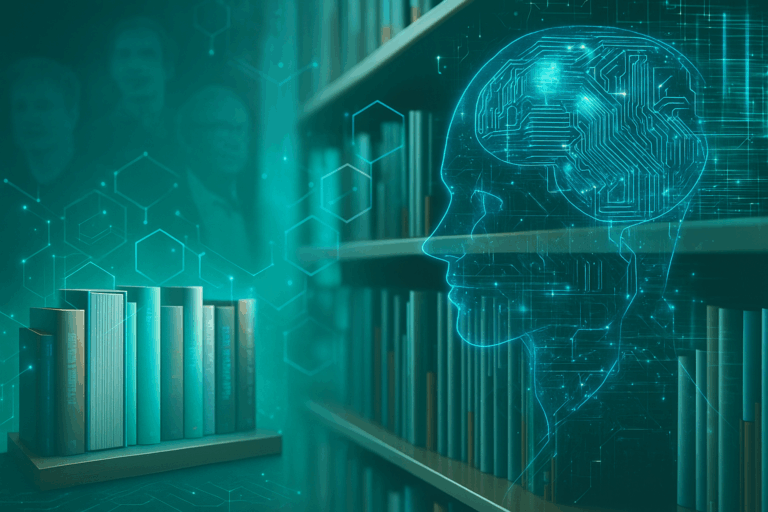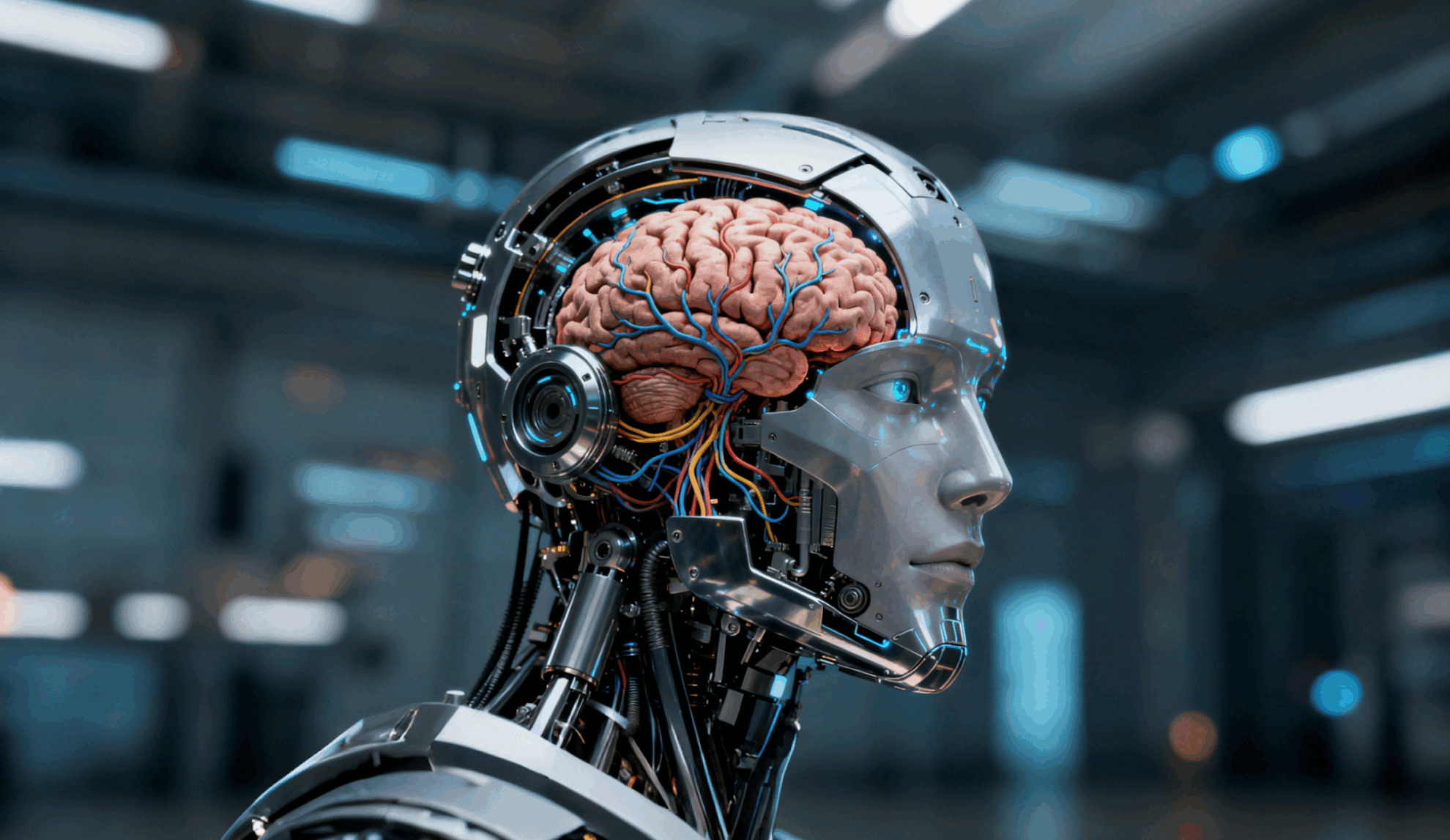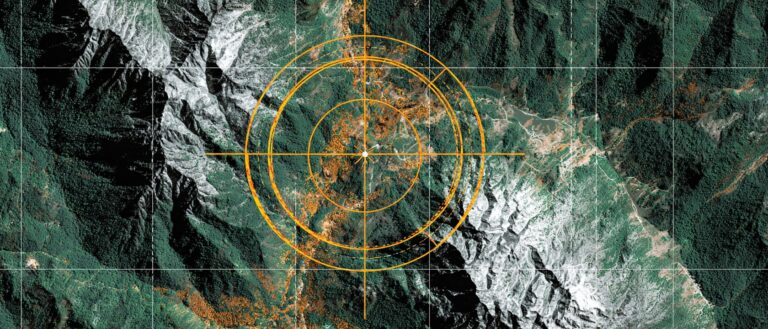Command Palette
Search for a command to run...
After Bees Become Extinct, Humans Will Only Have Four Years to Live?

Bees have a huge impact on crop production, but in recent years, the bee population has been declining. Faced with this situation, the intervention of machine learning, data analysis and other methods can help bees avoid extinction.
There was once a saying that went something like this: "After bees become extinct, humans can only live for four years." This statement was once believed to have come from Einstein.

Why is there such a saying? Of course it is not because there is no honey to eat. The significance of bees to nature and humans is far more than you think.
In addition to producing delicious and nutritious honey, bees' major contribution is the spread of pollen.Pollinators such as bees, birds and bats affect crop production worldwide.Help increase the yield of the world's 87% major food crops and many plant-based medicines.
Although the statement that "if bees become extinct, humans will not survive more than four years" serves as a warning, it did not come from Einstein and its accuracy has been disproven.
However, as an important part of nature, if bees are missing, it will trigger a domino effect in the food chain. Insect-pollinated crops will be seriously affected, and people may face problems such as food shortages.
In recent years, the survival of bee populations has been facing severe challenges.
According to the World Bee Project (WBP),The number of bee colonies around the world has declined dramatically in recent years, and bees and other pollinating insects are on the verge of extinction..
Fortunately, with the development of science and technology, the application of technologies such as machine learning has brought hope to bee protection.
Why are the numbers of hardworking bees decreasing sharply?
A large part of crop cultivation is inseparable from the work of bees. Apples, broccoli, blueberries, onions and other crops all rely on bees.
In addition, the role of bees in spreading cherries and celery accounts for 80%, watermelons and plums account for 65%, tangerines account for 45%, and even lemons and cotton account for 20% and need to rely on bees.

But starting in 2006, the United States first discovered a sharp decline in the number of bees, with adult bees abandoning their hives and flying until they died. This phenomenon was later discovered in Belgium, France, Germany, the Netherlands and other countries.
This phenomenon of large numbers of worker bees disappearing from the hive and the collapse of the bee colony ecology was finally named "Colony Collapse Disorder” (Colony Collapse Disorder, referred to as CCD).
According to data from the German Beekeeping Association in 2018, 560 There are more than 300 The species is at risk of extinction, with the number of bee colonies decreasing from 250 The number of people has dropped to less than 10,000 today. 100 Ten thousand groups.
However, the reasons for the sudden decline in the number of bees have not been fully understood. It may come from many factors, such as the threat of alien invasive insects, the abuse of pesticides, the deterioration of the natural environment, the disadvantages caused by monoculture, etc.
In order to curb this phenomenon, bee protection has gradually been put on the agenda. In December 2017, the United Nations set the annual May 20 Set asWorld Bee Day.
Can robot bees replace honey bees?
The most direct impact of the decline in the number of bees is the yield of crops. According to some reports, some orchards have been faced with pollination obstruction and have been forced to use a large number of workers to act as "bee people" to climb up the fruit trees and manually pollinate with tools such as brushes.

Some researchers have also come up with the idea of "mechanical bees", hoping to use machines to do the work of bees.
For example, a Japanese technician named Eijiro Michi built a mechanical pollination drone in 2017.
It is a 4 cm square, 15 gram mini aircraft with horse hair glued to the bottom to simulate the hairy trunk of a bee. A special sticky gel is applied on the horse hair to help spread pollen.

This drone can perform pollination operations, but its disadvantage is that it requires remote manual control, and considering its economy and applicability, it cannot be promoted on a large scale.
In 2018, Dutch scientists did similar work and invented a bee robot called DelFly, which made great improvements in flying technology, but was still limited to use in greenhouses.

Although these researchers have made interesting attempts, bees are an integral part of nature, and it is still unrealistic to think about bypassing them.
AI program protects bees
Perhaps the most reliable way is to return to protecting bees. In this regard, machine learning can play its advantages.
A product called Bee Health Guru The application can be accessed normally on the mobile phone.Built on machine learning algorithms, it helps beekeepers understand the health of their hives.

The main principle of this program is to judge the abnormality of the bee colony based on the sound information. If there is a problem with the beehive, it will produce a special sound. By "listening" with the program, you can find out the cause of the problem.
In order to make the model more accurate, they spent five years collecting a large amount of sounds. When using it, by recording the sounds, they can distinguish the subtle differences and provide timely warnings to beekeepers.

Compared to traditional workers' own judgment, Bee Health Guru can track multiple variables, provide beekeepers with health information about the bee colony, and can also nip some adverse factors in the bud to stabilize the condition of the beehive.
In practice, this approach has proven to be somewhat effective, for example, it can prevent the accidental death of queen bees and promptly detect the spread of viruses in bee colonies.
Building an intelligent honeycomb system
In addition, some research teams are studying and collecting other indicators to reveal data on changes in hive health, including brood temperature, ambient temperature, hive weight, humidity and group behavior. This information will open the way to protecting bees.
in Oracle CorporationandUniversity of ReadingIn a collaborative study, a set ofBeehive Monitoring System,The system mainly includes six intelligent sensors that can collect a large amount of different ,information of the hive.

The researchers used key information, such as wing movements and footprints, combined it with other measurements, such as temperature, humidity and honey production, and then used machine learning algorithms to model predictions based on historical events.
In this way, they created an intelligent management system.Ability to closely monitor bee colonies, develop effective detection patterns and predict behaviors.In addition, it can determine the impact of certain events on bee populations and send beekeepers early warning of potential threats.
Last fall, Oracle deployed the system in hives in the UK, Australia, and Israel.
Saving the bees is not about the honey
Last year, May 20 was the first World Bee Day, but many people still don’t know about the existence of this holiday. Perhaps the extinction of bees is still a distant thing for many people, but the consequences of species extinction have been described in detail in the book "Silent Spring".

The English poet Alexander Pope once wrote, "Nature's chain, if you strike at any one link, the tenth or the hundred thousandth will break it." When we protect bees, we are actually protecting ourselves.
The use of science and technology allows us to gain more insights from the data, provide good suggestions for bee breeding, and grasp the aggregation status of bee colonies in real time, thereby helping the good development of bees and creating a sustainable ecosystem.
In many places, technologies like machine learning are being used to advance human well-being, but the natural world on which we depend has been neglected.
Technology's concern for the extinction of bees may be a return to its roots. By helping species reproduce and thrive, it not only allows us to embrace a more complete nature, but also allows us to feel, through the warmth of technology, that humans are not selfish and lonely.








